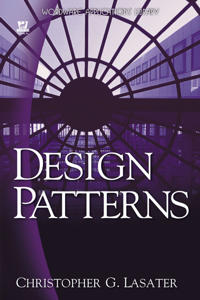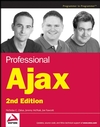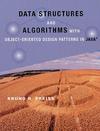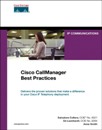作者:Christian Gross
出版日期:2006
出版社:O'Reilly
页数:369
ISBN:ISBN-13: 978-1-59059-616-6
文件格式:PDF
You probably picked up this book because of the buzzwords Ajax, REST, and patterns. You will
probably read this introduction and skim through the pages. But I want to stop you from skimming
through the pages, at least for a moment. I want you to read this introduction and then decide
whether you want to buy the book.
Here are the things you need to know about Ajax:
• Ajax is an acronym, and the ramifications of the acronym are immense.
• Ajax is not just about a fat client, JavaScript, XML, or asynchronous behavior, but about
developing the next generation of web applications.
• We are at the beginning of building the next generation of web applications.
You are still reading, and that means I still have your interest, which is a good thing. So now
let me tell you what this book is about:
• Using Ajax is the act of creating a web application that implies using REST, that implies
using HTTP, and that implies using the Internet. The patterns of this book illustrate how
JavaScript can be used to control the XMLHttpRequest object to make XMLHttpRequest calls
that process XML or HTML.
• This book for the server side focuses on using Java and C# .NET. The patterns can be used
with Python or Ruby on Rails. I focus on Java and C# because at the time of this writing I
feel that most developers are using them. In the next edition of this book, I want to extend
the materials to include Python and Ruby on Rails examples, because I happen to be an
avid Python programmer.
• The patterns in this book can be used in other contexts, such as Flex (Flash Ajax). For
example, the Permutations pattern can be used to generate Flex content.
Good, you’re still reading and haven’t closed the book. That means you are still interested
and probably willing to spend a few more moments. Here is what I suggest: finish reading the
Introduction because it includes a road map of the patterns. Skim Chapter 1 to get an idea of
what Ajax does and is. Then skim the patterns and focus on reading the “Motivation” and
“Architecture” sections. And if after that you are still interested, please buy this book because
the remaining sections fill in the details of what the patterns are trying to achieve. If you would
like to experiment with the patterns, I suggest you surf to the site http://www.devspace.com/
ajaxpatterns, which will either have the live patterns or redirect you to where the live patterns are.
CHRISTIAN GROSS is a consultant/trainer/mentor with vast experience
in the Internet paradigm. He has worked on software development and
other solutions for many corporations, including Altova, Daimler-Benz,
Microsoft, and NatWest. Gross has written multiple books, including
Applied Software Engineering Using Apache Jakarta Commons, Open
Source for Windows Administrators, A Programmer’s Introduction to
Windows DNA, and Foundations of Object-Oriented Programming
Using .NET 2.0 Patterns. He has been a regular speaker at many
conferences, including Software Development, JAX, and BASTA, and
has been track chair at many conferences as well.






 评论 (0)
评论 (0) 